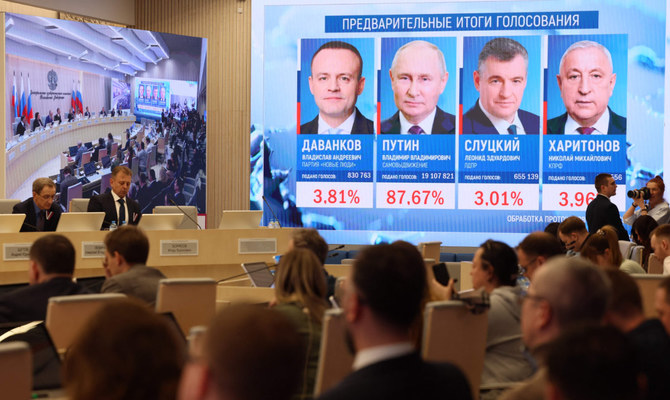
They used to call it mid‑table obscurity but that term is almost obsolete in the Premier League these days. Watford, in 10th place, are only five points away from the relegation zone, anxiously looking over their shoulder and at risk of getting caught up in a survival battle that threatens to reel in more clubs than even before.
Maybe that will serve as a marketing line for the TV companies in the months to come, especially as the title race is about as interesting as a cabinet reshuffle. Life lower down is rather less predictable or, to put it another way, competitive for all the wrong reasons. Eight clubs have failed to pick up more than a point per game (only three were in that position at the end of last season and they were all relegated) and every team in the bottom half has a double‑digit negative goal difference already.
The concept of leagues within leagues is nothing new, especially with the top six operating on a totally different level financially to everyone else for many years now, yet this season and last, when only six points separated Southampton in eighth from Watford in 17th, there has been a shift towards a two-tier division.
As things stand, Champions League ambitions burn and relegation fears grow either side of the thin line that separates Burnley and Leicester City, who are involved in a two-way fight for seventh spot and potential Europa League qualification, from the rest of the division. Everton, in ninth, are seven points behind Burnley in seventh and the same distance from the relegation zone, which rather sums up what the Premier League has become with its “squeezed middle”.
The top six are pulling away while the playing field has levelled among the rest – albeit not in a good way. Although there are individual cases where clubs are clearly making progress and punching above their weight – Sean Dyche’s Burnley spring to mind – it is hard to escape the feeling when watching Premier League football these days that, collectively, the standard has fallen among those clubs in the bottom half of the table.
That argument would probably jar with top-flight managers, whose stock response in press conferences is to describe the Premier League as unforgiving and say it gets better and better every year. But does “the best league in the world” really keep improving right across the board?
Speak to Swansea City, West Bromwich Albion and Stoke fans, or Southampton and West Ham supporters – all clubs in the bottom six – and the chances are many will pine for days gone by and, rather than say the majority of their opponents are playing football at another level, instead tell you how their own team are a shadow of the one they watched a few years ago.
As well as Huddersfield and Brighton have done to give themselves an excellent chance of extending their stay in the Premier League beyond their first season, there is no getting away from the fact so many established clubs are underperforming and have badly lost their way.
Bournemouth make up the bottom six along with Swansea, West Brom, Stoke, Southampton and West Ham, all of whom have spent a total of 40 consecutive seasons between them in the Premier League and are presently between four and nine positions lower than where they finished last year.
There is no single reason why things have unravelled at those clubs. In some cases flawed decisions at boardroom level will be the root cause, for others it will be poor management, while disappointing recruitment in the transfer market and underachievement on the pitch will have played a part to varying degrees, too.
The fact West Brom, who have gone 20 league matches without a win, finished the summer with the joint-fifth highest net spend in the Premier League suggests money is not the be-all and end-all, even if Swansea supporters would argue that walking away from that window with a £25m profit after selling their best two players was asking for trouble. Stoke were also in credit come the end of that period.
What is clear is the chasm between life at the top and the bottom of the Premier League is as wide as ever, on as well as off the pitch. The top six clubs have already put 100 goals past the bottom six, winning 31 of the 42 encounters and losing only two. They are sobering statistics given we are talking about established Premier League clubs playing against one another.
For some of the relegation-threatened teams the default setting in those fixtures seems to be to try to avoid a hiding and pilfer a point by parking the bus – tactics that have arguably been exposed by Bristol City’s much more adventurous approach against Manchester United and Manchester City in the Carabao Cup, when a Championship club proved what can be achieved against higher-calibre opponents by pressing high and playing with ambition, belief and courage.
Whether that will prompt any Premier League managers to adopt a more attacking approach for the rest of the season remains to be seen. In all likelihood it will still be all about scrambling to safety by grinding out a few victories against clubs in and around them and desperately trying to find that hinterland called mid-table. The Guardian Sport












